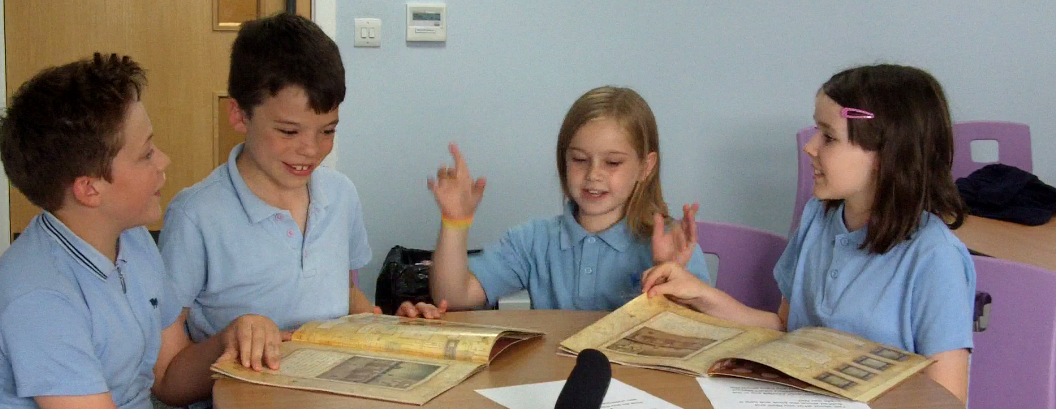The role of dialogic a/symmetrical interactions among peers in diverse, multimodal reading situations
(Funded by British Academy/Leverhulme Small Grant)
October 2016-September 2018
Overview
Reading in the 21st Century requires accessing written, visual and digital modes of text and using a range of semiotic resources to comprehend them. Furthermore, research focused on the role of dialogue in the promotion of high-level comprehension has found that the use of small group settings to support language development, and the ability to explicitly reason, can have positive impact on children’s reading attainment. This project brings together these two focuses to analyse the interactions of groups of primary-aged children from the UK and Mexico discussing a range of multi-modal texts. We are exploring the dynamics of these peer discussions with regard to the symmetries and asymmetries of the interactions which are highlighted in the structure, content and social organisation of children’s talk. We will propose a model of talk for reading which incorporates the wide range of multi-modal textual opportunities that are available to teachers to use as part of their reading curriculum, yet are rarely mentioned in policy documentation.
Objectives:
- To analyse the role of dialogic interactions among peers in the context of diverse multimodal reading situations
- To analyse the role of symmetry and asymmetry in these interactive reading contexts
- To analyse children’s reflections on their own collaborative processes in these interactive reading contexts
Programme
Whilst research has examined the role of different kinds of talk in reading situations, it has not sufficiently embraced a multi-modal approach to literacy to highlight how peer talk can enable and enhance high-level comprehension in a range of text modes appropriate to the 21st Century. This research aims to answer crucial questions about the nature of reading engagement which is necessarily multi-modal and often involves digital media, requiring children to draw on their existing knowledge of different texts, to critically engage with intended purposes and audiences, and to use semiotic resources to decode and make meaning.
Current work exploring the types of interactions apparent in dialogic exchanges has highlighted that building on previous responses and taking alternative positions are important features of productive dialogue. However, the dynamics of those exchanges have not been sufficiently explored in a literacy context with regard to the symmetry and asymmetry of interaction, including ‘authoritative stances’ that children adopt when reading and responding to texts in small groups. In this research, we examine these interactions closely to highlight how we might support teachers to develop meaningful peer interactions in a diversity of reading contexts that are essential for 21st century literacy. We explore the dimensions of dialogue in four different multi-modal reading contexts which require groups of 10/11 year old children to read expressively/aesthetically, efferently, and critically/analytically. We analyse:
- the conversational structure and function of utterances
- the themes and topics of the talk
- the social and interactional organisation of the talk
Principal Investigator:
Dr Fiona Maine, Faculty of Education
Co-Investigators:
Professor Sylvia Rojas Drummond, National Autonomous University of Mexico (UNAM)
Dr Riikka Hofmann, Faculty of Education

